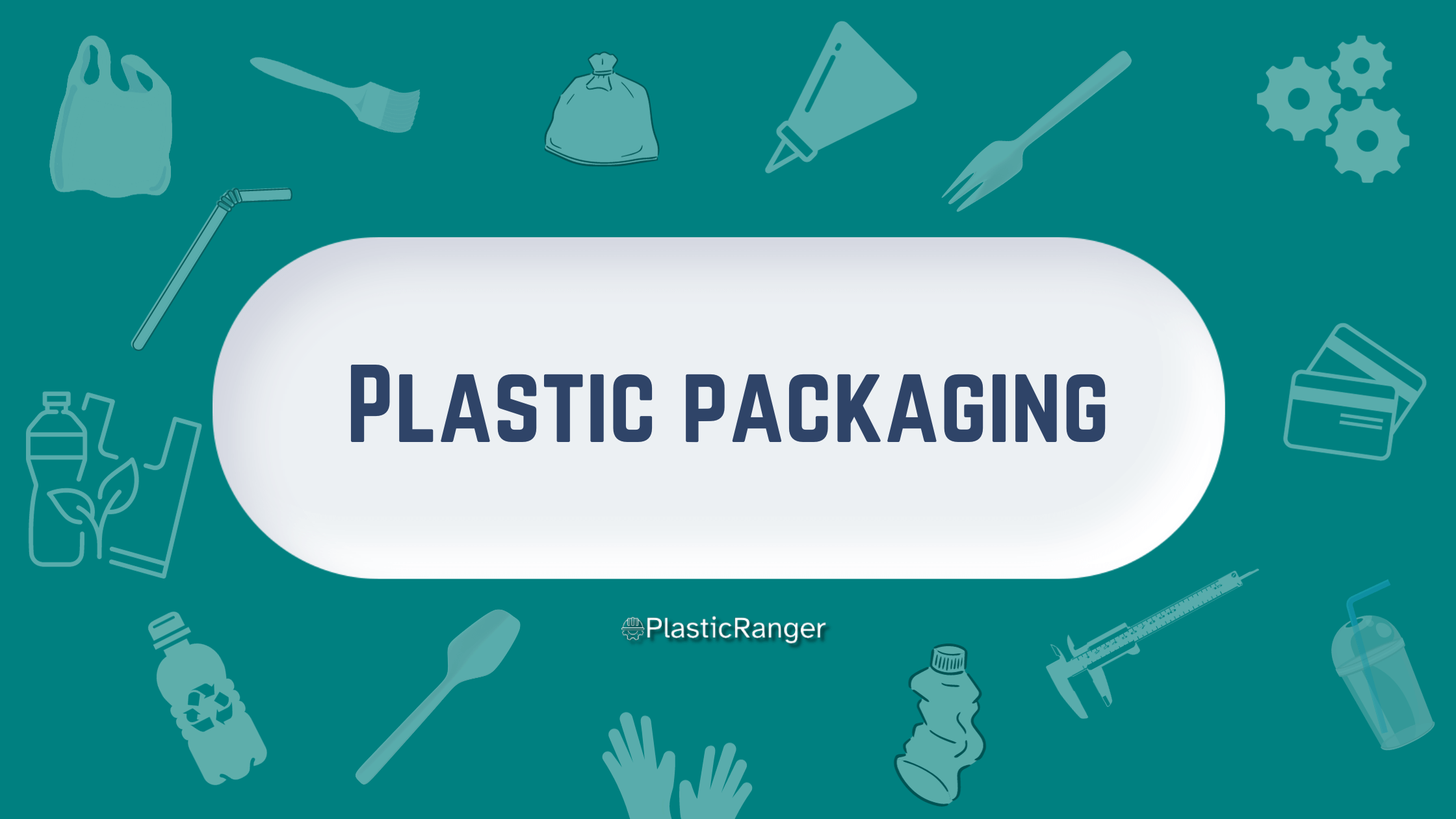Understanding the Plastic Packaging Landscape
A Necessary Endeavor Plastic packaging is an omnipresent aspect of modern life. Spanning industries from food and beverage to personal care, it plays a pivotal role in the global economy and daily life. Its lightweight nature, affordability, and versatility have made it the go-to material for packaging products of all shapes and sizes.
Nevertheless, examining both the convenience it brings and its environmental ramifications is essential to fostering a future that balances utility and sustainability.
The Pervasive Presence of Plastic Packaging
Plastic packaging has become essential in various industries fueled by mass production and consumerism. Initially heralded for its durability and versatility, it has allowed goods to be transported more safely and hygienically.
Plastic packaging comes in numerous forms, including bottles, wrappers, bags, containers, and more.
It protects products from contamination and damage and extends the shelf life of perishables, thereby helping to reduce wastage. Polyethylene, polypropylene, and PET are common materials used in plastic packaging.
Their unique properties, like being lightweight yet sturdy, have fueled the mass adoption of plastic packaging, with industries exploiting their benefits to save costs and streamline manufacturing processes.
Moreover, the aesthetic appeal of plastic packaging, which allows for vibrant and attractive product presentation, cannot be understated in influencing consumer choice.
The Environmental Backlash
As plastic packaging has increased, so have the environmental concerns surrounding it. Plastics are derived from non-renewable resources like petroleum and natural gas. The production process of these materials is energy-intensive and contributes significantly to carbon emissions and environmental degradation.
Moreover, plastic is non-biodegradable, taking hundreds of years to decompose fully. This longevity means that plastics accumulate in the environment, posing severe threats to wildlife and ecosystems.
The images of oceans inundated with plastic waste and animals entangled in plastic debris have brought to the fore the urgent need to address the environmental fallout of plastic usage.
Moreover, the breakdown of plastics results in microplastics, tiny fragments that permeate the environment, including the food chain, with as-yet-unclear implications for human health.
A Movement Towards Responsible Consumption
The mounting environmental concerns have spurred governments, industries, and consumers alike to seek alternatives and modify their consumption habits.
Many nations have implemented policies to reduce plastic usage, including bans on single-use plastics and encouraging recycling and using biodegradable materials. In industry, there has been a growing shift towards circular economy models, wherein the lifecycle of plastics is extended through recycling and repurposing.
Companies are exploring innovative approaches to packaging, incorporating recycled materials and redesigning packaging to use less plastic. Consumers, on their part, are being urged to adopt more responsible consumption patterns, like reducing plastic usage and recycling diligently.
Towards a Sustainable Future
As we stand at a crucial juncture, the need for sustainable practices in plastic packaging is evident. Scientific advancements are paving the way for new materials that can replace plastics, such as bioplastics derived from plant-based materials, which are compostable and have a smaller environmental footprint.
Moreover, research and development focus on enhancing recycling technologies to improve the recovery and reuse of plastics, moving towards a closed-loop system where plastics can be continually reused, reducing the demand for virgin plastic material.
Educational initiatives are also essential, fostering a culture of awareness and responsibility towards plastic consumption.
Engaging with communities to promote recycling and responsible disposal of plastic waste can go a long way in mitigating the environmental impact of plastics.
Conclusion
Plastic packaging is integral to modern life, offering convenience and economic benefits. However, the environmental costs associated with its use cannot be ignored. A multi-faceted approach that includes policy interventions, technological advancements, and a shift in consumer behavior is essential to foster a sustainable future.
By embracing innovation and sustainability, we can redefine the role of plastic packaging in society, balancing its utility with the imperative to protect our planet.
It is a delicate balance necessary to ensure future generations’ health and well-being. The journey towards a more sustainable plastic packaging landscape is challenging yet within reach, requiring concerted efforts from all stakeholders to materialize.
Quick Navigation

